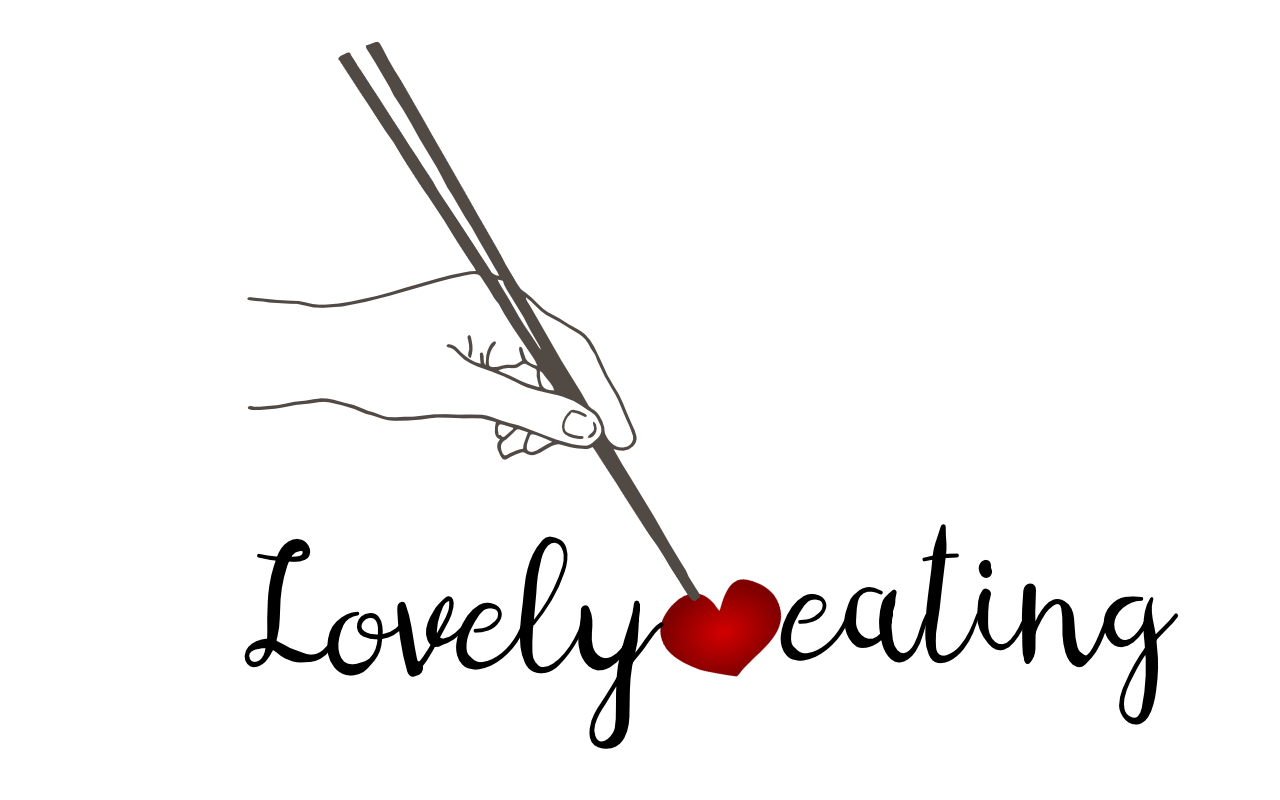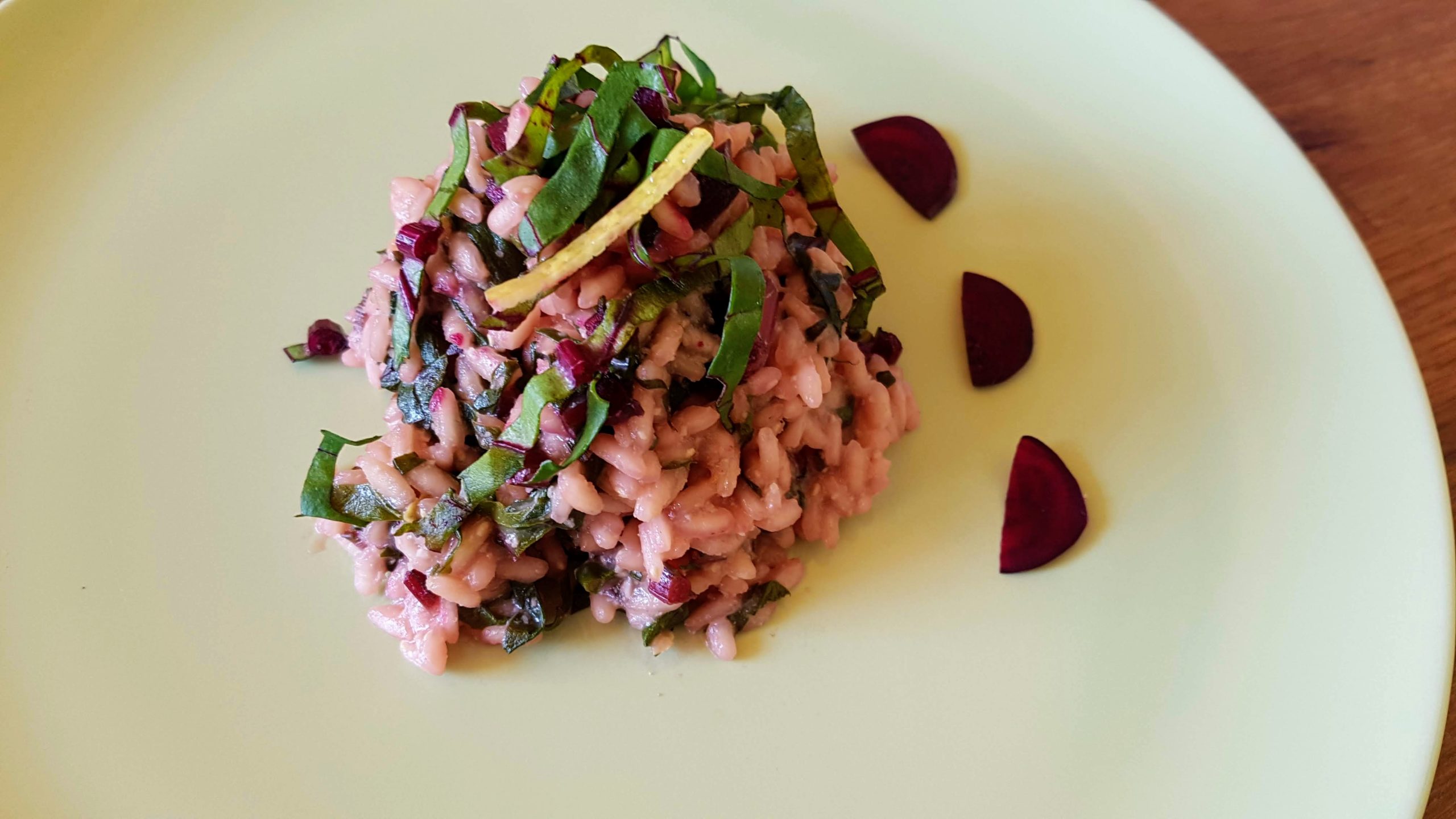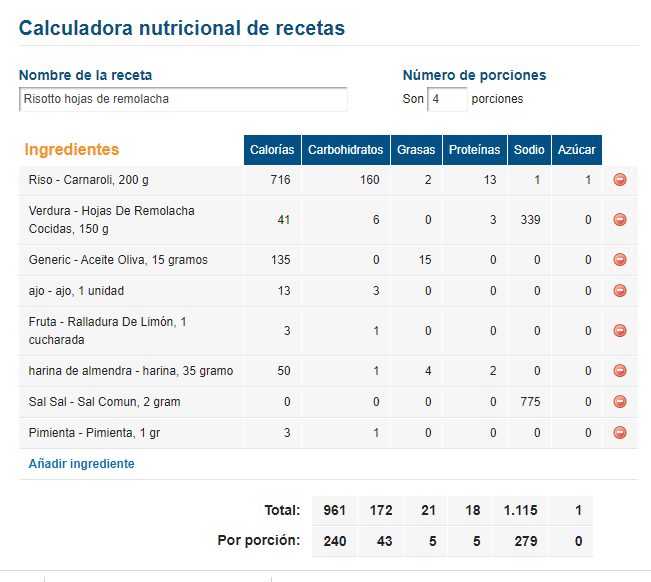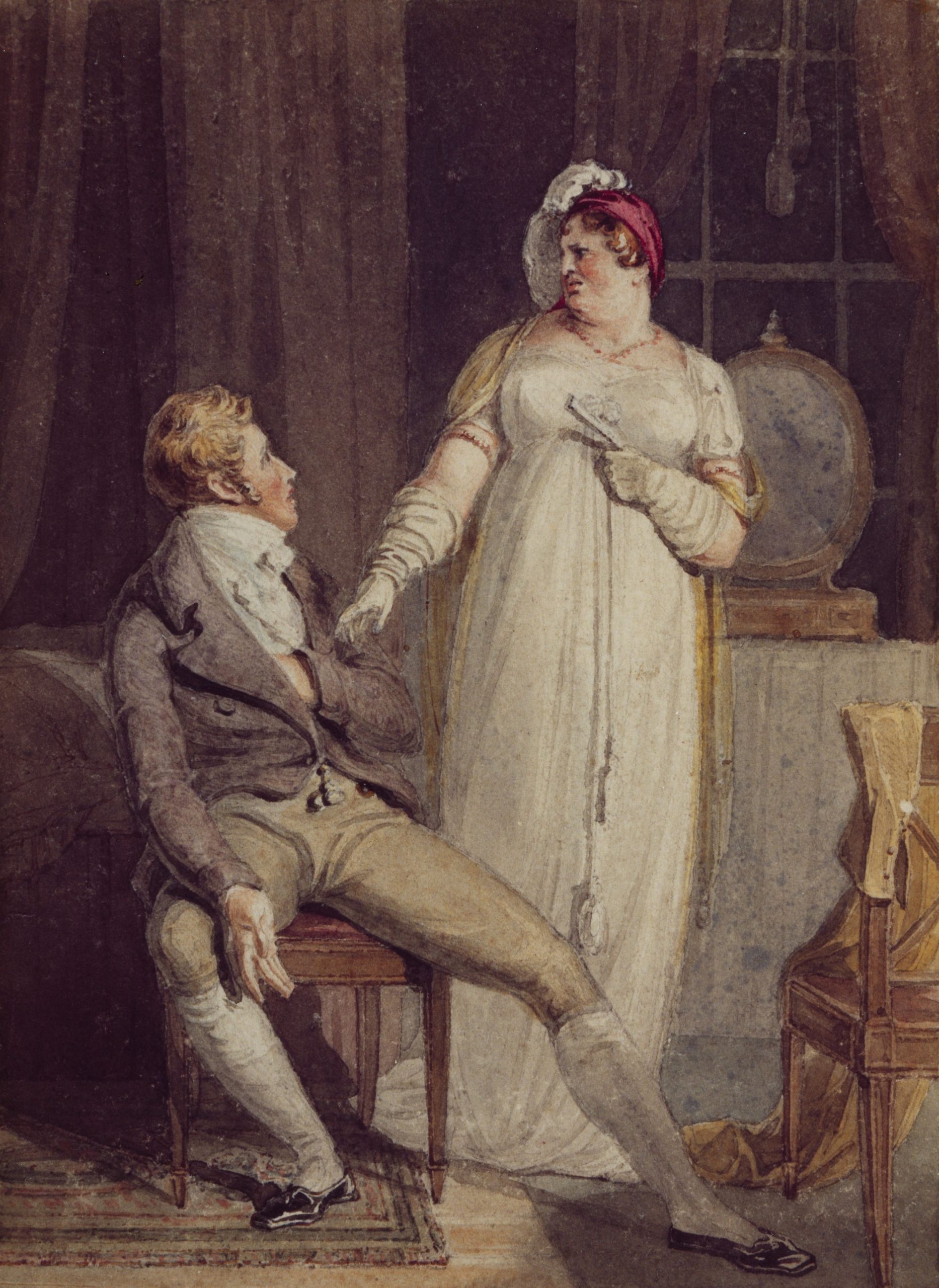Ingredients
200 g carnaroli rice
700 ml of vegetable broth
10 fresh beet leaves
30 gr almond flour
A lemon
20 ml olive oil
Salt and pepper to taste
Prep:
1- Wash and dry the beet leaves well and finely chop them.
2- In a small bowl grate the zest of half a lemon
3- Preheat the olive oil in a paella pan, and sauté the peeled garlic until it is transparent. In a different pot. heat the broth, it is very important that it is hot when we start to put it in the rice, otherwise, it will stop the cooking process.
4- Place the leaves and sauté them for a few minutes, then add the rice and sauté for a few more minutes.
5- Start by adding a little some broth. Stir gently, let stand a few minutes and repeat until the rice is almost done. Also, add a little salt.
6- Shortly before it is fully cooked, add the lemon zest and the almond flour. Add the salt and pepper as well.
7- Stir a few more minutes and remove from the heat.
8- Decorate with some fresh leaves, and a little of fresh beets.
Some history
Rice origins have been dated more than 12 000 years ago in Asia, and arrived in Italy in the fourteenth century from the hands of Aragonese (Spanish). Who had received the cereal from the Arabs. The rice in Italy came first to the southern area, some sources point that it entered Sicily and others to the Naples area. And soon later it spread to the north, where thanks to the cultivation conditions (since it needs a lot of water) it found fertile soil in which to grow. Thus quickly becoming a staple of the diet of that area. The word risotto comes from the way of preparing rice “cottura a risotto” (risotto cooking)
One of the oldest and most recognized recipes is Risotto alla Milanese. The legend says that approximately in 1985, a time when various artists, architects and artisans moved to Milan with the aim of contributing to the “Fabrica del Duomo”.
A stained glass painter, Valerio Perfundavalle used saffron to give a special shine to the yellows he used to paint the glass paintings. Due to the intense working conditions it was common for Valerio to have a plate of rice for lunch. That he ate in schiscetta (tupper of those times), suspended on his work swing. By mistake he threw a little of the saffron that was to decorate the windows on the rice. Seeing the rice with that bright color seemed very appetizing, he decided to risk trying it and he loved it. An improbable but very romantic story on how the Risotto alla Milanese was created .
Source: https://www.risotti.it/storia.htm (06/20/2020)
Algo que saber
Approximately 3 billion people depend on rice for their basic nutritional needs. The largest producers are in Asia, with some 135 million hectares dedicated to this activity.
The paradox of malnutrition and vulnerability suffered by farmers around the world is also suffered by rice farmers, much of this due to land grabbing and variations in international markets.
It is considered that there are more than one hundred thousand varieties of rice, unfortunately, much of this biodiversity is being lost due to monocrops.
If you want to deepen the information, I recommend you visit the page:
http://www.fao.org/economic/est/publications/rice-publications/rice-market-monitor-rmm/en/



